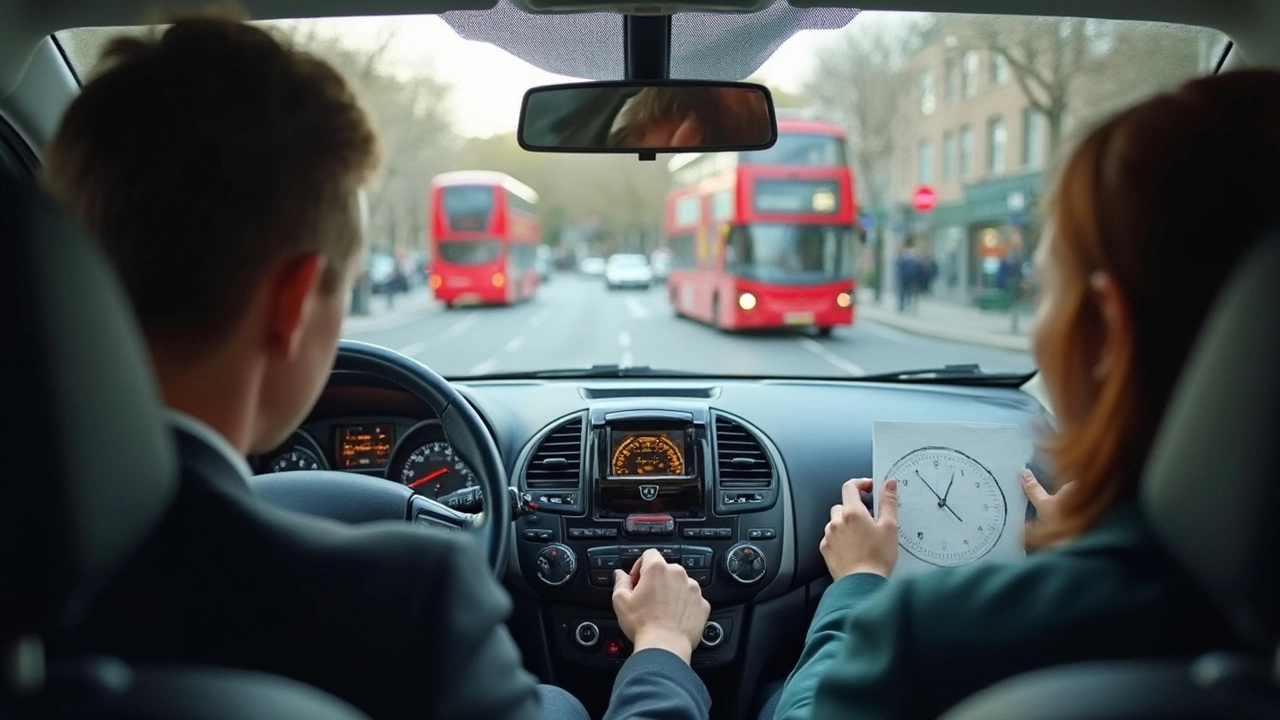Hesitation While Driving: Simple Steps to Stop the Stalling
If you find yourself freezing at junctions or second‑guessing every move, you’re not alone. Hesitation is a common reaction when the road feels risky, but it can turn a smooth ride into a stressful nightmare. The good news? A few easy habits can cut the anxiety and keep you moving forward.
Identify What Triggers Your Pause
First, pay attention to the moments that make you pause. Is it heavy traffic, roundabouts, or merging onto a highway? Write down the top three situations that cause the most doubt. When you know the exact trigger, you can plan a concrete response instead of reacting on autopilot.
For example, if merging onto a busy lane makes you nervous, practice a “check‑list” before you enter: mirror check, blind‑spot glance, signal, then accelerate. Repeating this routine builds a muscle memory that overcomes the fear.
Use Quick Confidence Boosters
While you’re still at the wheel, a few seconds of focused breathing can reset your mind. Inhale for four counts, hold for two, exhale for four. This simple rhythm lowers heart rate and clears the mental fog that fuels hesitation.
Another trick is “visual rehearsal.” Close your eyes for a moment and picture yourself completing the maneuver smoothly. Your brain treats the imagined action like a real one, so you’ll feel more prepared when you actually do it.
Finally, adopt a positive self‑talk habit. Replace thoughts like “I might crash” with “I’ve practiced this, I can handle it.” A short, affirmative phrase said out loud can shift your mindset in an instant.
Combine these three boosters—breathing, visual rehearsal, and positive self‑talk—whenever you feel the urge to hesitate. Over time, they become second nature and the hesitation disappears.
Remember, the goal isn’t to become a reckless driver. It’s to make confident, deliberate choices. If you still feel unsure, pull over safely and review the situation. Often a brief pause to think is better than a reaction driven by panic.
By pinpointing triggers, practicing a pre‑action checklist, and using quick confidence tricks, you can break the hesitation cycle and enjoy a calmer, safer drive.
- May 10 2025
- 0 Comments
- Rowan Cavendish
Is Hesitation a Serious Fault in Driving Tests?
Hesitation on a driving test can mean much more than just taking a pause. This article digs into what counts as hesitation, why examiners mark it as a fault, and how it impacts your test results. You’ll learn when being careful turns into being too slow and what exactly examiners look for at tricky junctions or roundabouts. If you're struggling with nerves or not sure how much waiting is too much, this guide breaks it down with real tips and examples so you don’t fail over something avoidable.
- Driving Lessons (41)
- HGV Training (31)
- Driving Test Tips (31)
- Driving Test Booking (26)
- Driving Licence Renewal (23)
- Driving Theory Test (21)
- Pass Plus Course (15)
- Driving Tips (15)
- Intensive Driving Course (15)
- Driver Licensing (14)
Categories
- December 2025 (12)
- November 2025 (13)
- October 2025 (21)
- September 2025 (5)
- August 2025 (8)
- July 2025 (30)
- June 2025 (30)
- May 2025 (30)
- April 2025 (31)
- March 2025 (30)
- February 2025 (28)
- January 2025 (34)
Archives
- driving lessons
- driving test
- driving tips
- intensive driving course
- driving test tips
- HGV training
- learn to drive
- driving theory test
- driver training
- driving test booking
- pass driving test
- HGV driving
- road safety
- driving license renewal
- Virginia driving test
- learner drivers
- safe driving
- Virginia driver's license
- driving license
- learning to drive

